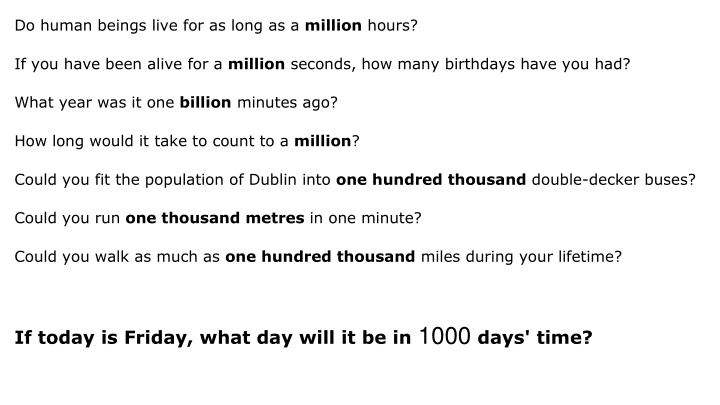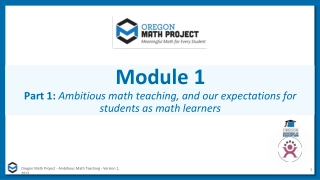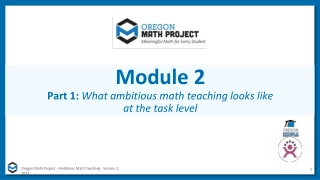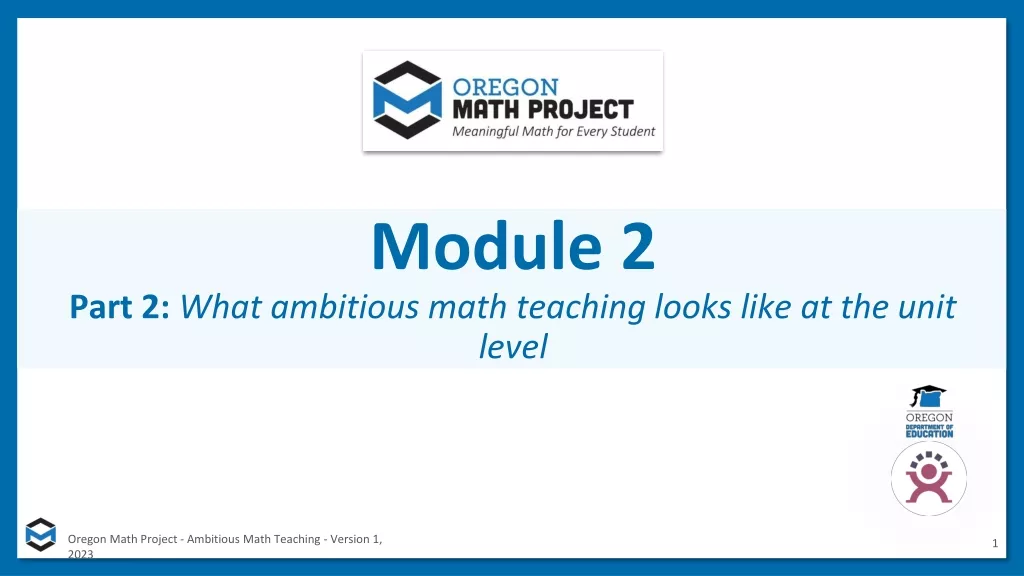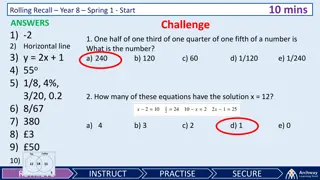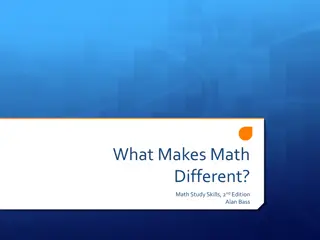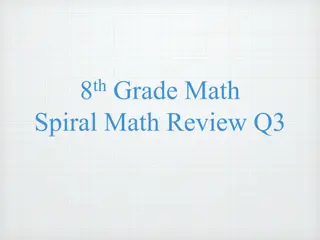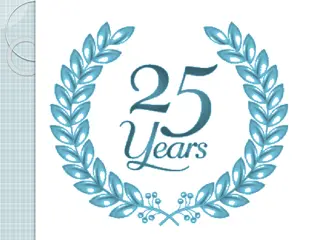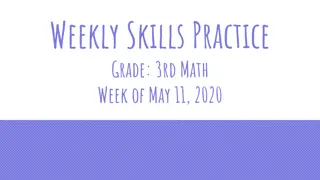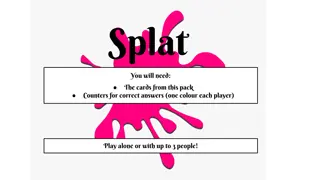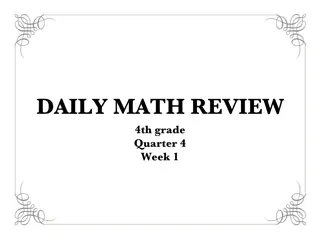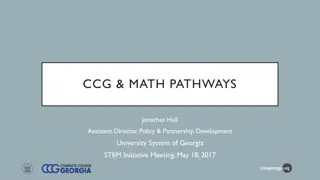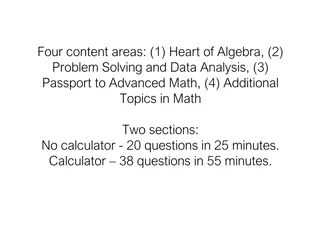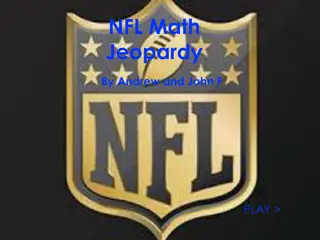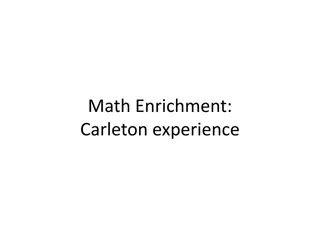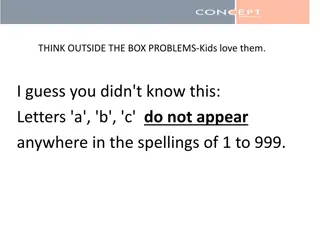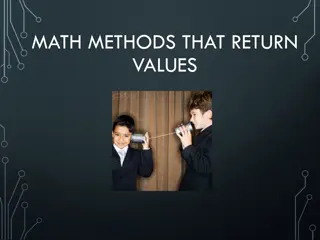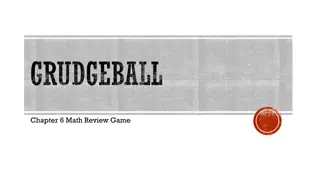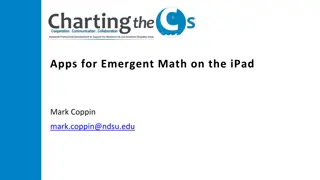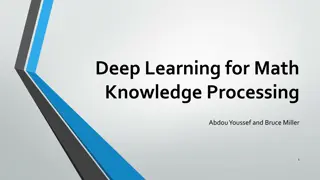Fun Math Challenges for You
Explore a variety of mathematical puzzles and challenges, from calculating time spans to solving number grids. Test your math skills with tasks like finding square numbers and arranging digits for multiplication squares. Dive into engaging scenarios like pinning numbers and decoding special numbers. Can you tackle these intriguing math problems?
Download Presentation

Please find below an Image/Link to download the presentation.
The content on the website is provided AS IS for your information and personal use only. It may not be sold, licensed, or shared on other websites without obtaining consent from the author.If you encounter any issues during the download, it is possible that the publisher has removed the file from their server.
You are allowed to download the files provided on this website for personal or commercial use, subject to the condition that they are used lawfully. All files are the property of their respective owners.
The content on the website is provided AS IS for your information and personal use only. It may not be sold, licensed, or shared on other websites without obtaining consent from the author.
E N D
Presentation Transcript
Do human beings live for as long as a million hours? If you have been alive for a million seconds, how many birthdays have you had? What year was it one billion minutes ago? How long would it take to count to a million? Could you fit the population of Dublin into one hundred thousand double-decker buses? Could you run one thousand metres in one minute? Could you walk as much as one hundred thousand miles during your lifetime? If today is Friday, what day will it be in 1000 days' time?
Try with the squares of the numbers between 4 and 20. Did you find any square numbers which cannot be made by adding two prime numbers together?
Draw a square like this on your page and put three 1s, three 2s and three 3s in the square so that every row, column and diagonal adds to the same total. 1 1 1 2 2 2 3 3 3
Place the digits 1 to 7, one in each region, so that the circles all have the same total.
Mrs Morgan, the class's teacher, pinned numbers onto the backs of three children: Mona, Bob and Jamie. "Now", she said, "Those three numbers add to a special kind of number. What is it?" Michael put his hand up. "It's a square number", he answered. "Correct", smiled Mrs Morgan. "Oh!" exclaimed Mona, "The two numbers I can see also add to a square! "And me!" called out Bob, "The two numbers I can see add to a square too! "Oh dear", said Jamie disappointedly, "the two numbers I can see don't add to a square! It's either 5 too little or 6 too big! What numbers did the three children have on their backs?
7 5 35 In the 2 2 multiplication square below, the boxes at the end of each row and the foot of each column give the result of multiplying the two numbers in that row or column. 3 4 12 21 20 The 3 3 multiplication square below works in the same way. The boxes at the end of each row and the foot of each column give the result of multiplying the three numbers in that row or column. 15 108 The numbers 1 9 may be used once and once only. 224 Can you work out the arrangement of the digits in the square so that the given products are correct? 144 8 315
You must choose four different digits from 1 9 and put one in each box. For example: Here is a grid of four "boxes": Your challenge is to find four different digits that give four two-digit numbers which add to a total of 100. 52 19 51 29 (reading along the 1st row) (reading along the 2nd row) (reading down the left hand column) (reading down the right hand column) This gives four two-digit numbers: In this case their sum is 151.
Put in some operations signs (+ , , , ) to make these digits come to 100 . 1 2 3 4 5 6 7 8 9 = 100
Choose any two numbers from the 7 times table. Add them together. Repeat with some other examples. Notice anything interesting? Now do the same with a different times table. What do you notice this time? Does this always happen? Choose two digits and arrange them to make two double-digit numbers. For example, if you choose 5 and 2, you can make 52 and 25. Now add your two-digit numbers. Repeat with some other examples. Notice anything interesting? Does this always happen?
